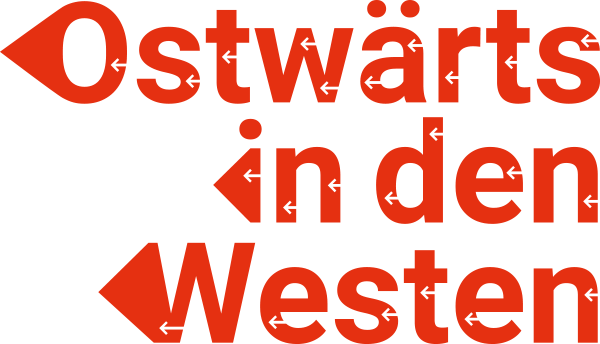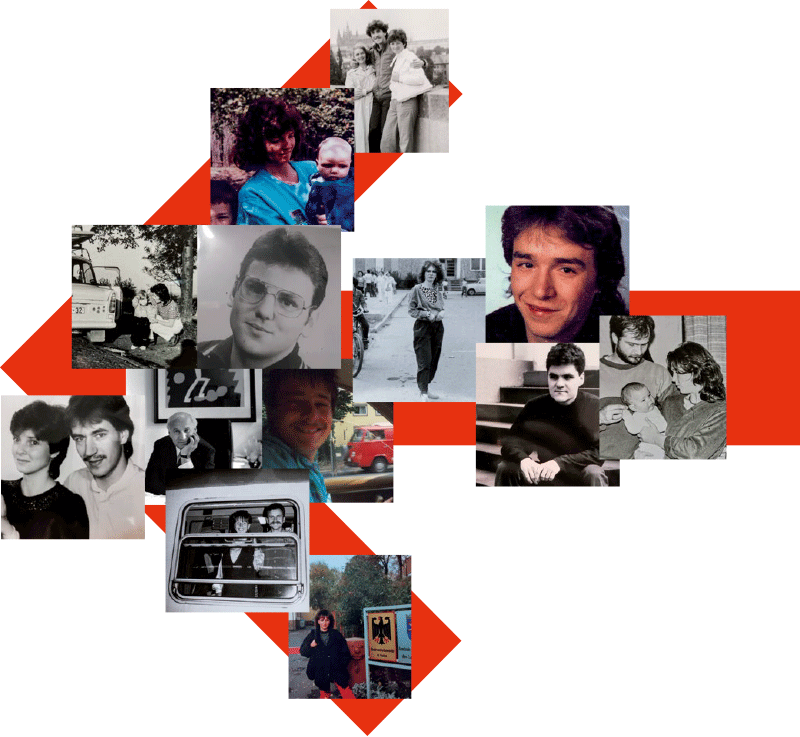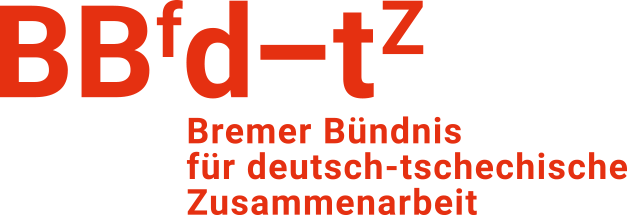

Eastwards to the west
The escape of GDR citizens via the West German embassy in the ČSSR in September 1989

Exhibition
Published by
Bremer Bündnis für deutsch-tschechische Zusammenarbeit e.V.
This exhibition was conceived
and realized by
Libuše Černá
Natalia Wollny
Klaas Anders
Manja Herrmann
Sabine Andrae
Interviews and texts
Natalia Wollny
Klaas Anders
Portrait pictures
Manja Herrmann
Pictures from the embassy
Josef Ptáček
Historical pictures of contemporary witnesses
The rights are held by the respective contemporary witnesses
Design and implementation
Hrdina Pavlík
Sabrina Glasmacher
We would also like to thank
Hans-Joachim Weber
Dr. Ulrike Huhn
Tilman Rothermel
Tobias Pollok
Lena Prötzel
and the participating contemporary witnesses for their important input
“We have come to you to inform you that today your departure…”,
This is how Hans-Dietrich Genscher began one of the most famous sentences in contemporary German history. Even today, the images of the cheering crowds in the evening hours of September 30, 1989 in Palais Lobkowitz, the German embassy in Prague, are still very vivid. For the “Prague embassy refugees”, as they were called, this moment marked a significant turning point in their lives. In the summer and fall of 1989, thousands of citizens left the GDR in an attempt to emigrate to West Germany via the West German representations in Budapest, Prague and Warsaw. The dissatisfaction of the people in the GDR was great: the continuous authoritarian style of government of the SED leadership and its ignorance of the reforms in the Soviet Union, Poland and Hungary led to an unprecedented wave of flight since the Wall was built. The escape story of these people is part of the Peaceful Revolution of 1989, which led to the opening of the Berlin Wall and the German-German border. Nevertheless, the experiences of the so-called embassy refugees are still often treated as secondary in the face of the revolutionary events in the GDR.
In the summer and fall of 1989, the German representation in Prague seemed to many people to be the last hope of being able to leave for the West. The fact that no visa was required to enter Czechoslovakia, only an identity card, encouraged many people who wanted to leave the country to make their way to Prague. When the embassy had to close on August 23, 1989 due to overcrowding, more and more people climbed over the fence into the embassy garden. By the end of September, there were already around 4,000 people in the embassy, which was not prepared for this crowd. The humanitarian situation deteriorated rapidly. After weeks of pressure from the Federal Republic of Germany on the GDR leadership and confidential talks held by Foreign Minister Hans-Dietrich Genscher with his colleagues from the GDR, Czechoslovakia, the USSR and the USA in New York on September 29, 1989 as part of the UN General Assembly, the people in the embassy were allowed to leave. On the night of September 30, they were taken on several special trains across GDR territory to Hof in Bavaria. The very next morning, the West German embassy in Prague was once again filled with people wishing to leave the GDR. Between October 4 and 5, another 5,000 refugees were brought to West Germany.
This exhibition is dedicated to the fates of 13 people whose escape led them to the Lobkowitz Palace in Prague. Their reasons for leaving the GDR were manifold. Often, limited opportunities for professional development were at the forefront. But the desire for freedom to travel or the fear of persecution, reprisals and possible imprisonment also played a fundamental role in the decision to turn their backs on the GDR. Almost 32 years later, these contemporary witnesses look back on the conditions in the GDR, their escape route and their stay in the West German embassy and reflect on the influences of their escape story on their current life situation. The result is an exhibition that looks back from the present to the events of summer and fall 1989 and recalls a decisive chapter not only in German-German but also in German-Czech history.
The following texts are based on transcribed passages from oral interviews. The interviews were conducted between July and September 2021.

